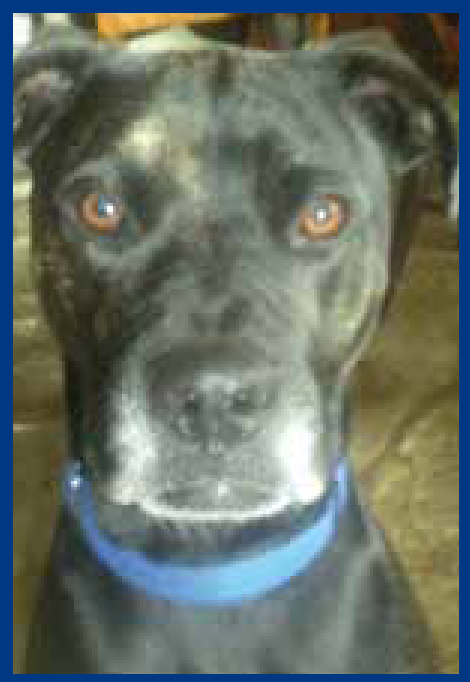
Can we read our pets like a book? Or do we — to use the technical term — anthropomorphize? This isn't just an issue of whether we sometimes let sentiments get the better of us when we are with animals. It turns out that it is very important in setting moral and ethical standards.
Philosophers think that if we discover that an animal can tell the difference between their own thoughts, feelings and intentions and of those around them then they qualify for some sort of elevated moral status, some version of human rights for animals. Why? Because self-consciousness is considered by many to be what makes humans unique. Since the 1960s, however, scientists have been reporting observations that suggest that some animals have self-consciousness and this disrupts our sense of our uniqueness.
We might find it sweet to see how a cat puffs itself up in defence against a puppy, making itself look as big as possible. But is it actually intending to make itself look threatening or is it in fact just doing what it was born to do? That ‘puffing yourself up’ behaviour in animals is a reflex, a bit like us shielding our face and turning it away from something flying towards us. We don't decide to do it, we have evolved to do it. Similarly animals that made themselves look big and threatening at the right moment did best. So the reflex evolved and it is seen in all sorts of animals from toads to humans.
Self-consciousness, on the other hand, is regarded as much more sophisticated than a basic reflex. And it seems that this trait, once thought to be what makes humans human, is found in other species too. Chimps who were taught sign language gave us the first scientific evidence that animals can communicate in complex and creative ways.
Washoe was the first chimp to be successfully taught sign language. From 1966 on she learned over 150 sign words and understood around 200 more. She used sign language constantly and inventively. Lucy, another chimp taught to sign, invented wonderful names for fruit and veg that she hadn't eaten before. She called watermelon ‘candy drink’, oranges and lemons were called ‘smell fruit’ because she sniffed their skins, and radishes were ‘cry hurt food’.
The scientists who lived with these signing chimps saw that the chimps recognized themselves in mirrors, signed to their carers if they were in pain and also reported pain in other chimps. And curious as it may seem, key evidence for self-consciousness in chimps is that they can lie. The significance of this is that it shows that chimps can understand that another's understanding of a situation is different from their own and that it can be manipulated to their gain.
Take the episode between the chimps Booee and Bruno who were playing together. Booee had a hose that Bruno wanted so he stole it from Booee. Booee then made an alarm bark which signals to other chimps to hide because of approaching danger. So Bruno dropped the hose and hid, allowing Booee to immediately pick up the hose and start to play with it again.
There had been earlier attempts to teach chimps to talk. In the 1950s the chimp Vicki learned a few words such as mama, papa, cup and up. But spoken language is probably hard for chimps because they lack the necessary nerves running from brain to larynx. They just couldn't get their mouths around the subtleties of human language. The studies with sign language, on the other hand, were probably much more successful because chimp and human hands are very similar and chimps are intelligent, social animals. Washoe and several other signing chimps were put in an island community and observed. They used sign language constantly with each other. They even invented swearing, using the word ‘dirty’ aggressively to each other.
So with chimps at least, some of the earlier anthropomorphizing has been vindicated by these experiments with sign language — we weren't just imagining it. And these scientific observations make the issue of the animals' rights unavoidable. The animals feel pain, they report pain, they can predict it in others. Chimps who failed to learn to speak eventually communicated all of this because their dexterous, humanlike hands enabled them to learn sign language. Could this mean that dogs, cats, rats, guinea pigs also have sophisticated ways of thinking, but that they just can't express it in a way that we can understand?
People who work with animals are often best placed to get a sense of the answers to these questions. Think about it.
